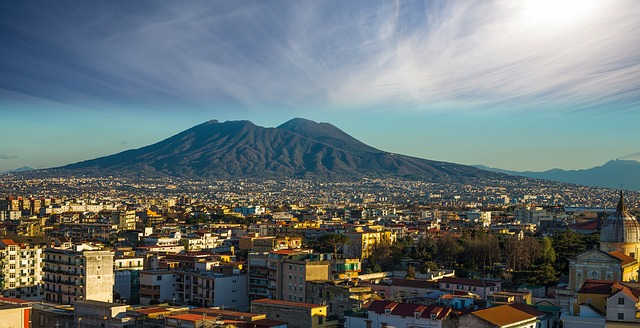
Neapolitan pizza is your passion and would you like to know the original recipe of the dough? Whether you do it for personal or business reasons, you must know that making the real Neapolitan pizza is not easy. Precisely for this reason it is important to know the recipe of the dough in the smallest details, but above all make sure that you do not skip any passage, under penalty of a bad final result. Here you will find all the indications, the ingredients and the procedures to follow in order to make the Neapolitan pizza dough to perfection.
Neapolitan pizza dough: the ingredients
1 liter of water
50 grams of salt
3 grams of fresh brewer’s yeast
1,7 / 1,8 kg of type 00 flour
These ingredients are those needed to make about 10 pizzas of 30 cm in diameter. In addition, the real Neapolitan pizza provides for the exclusive use of these ingredients. As for the water there are no particular indications: the only condition is that it is smooth. You can also use that of the tap, provided that the temperature is between 20 and 22 degrees and the acidity is between 6 and 7.
The flour, instead, must be of soft wheat 00. The choice of flour is very important, as it will condition the final yield. Generally the flour that is used for the preparation of true Neapolitan pizza is of medium strength, which means that it has about 11-12% of proteins. In some cases, however, some pizza makers choose to use stronger flours, in order to obtain longer leavenings.
Neapolitan pizza
Best pizza flour: find out which one to choose!
With regard to yeast, however, the advice is to prefer fresh brewer’s yeast. However, it is also possible to use the dry one with a low acidity level.

Neapolitan pizza dough: preparation
But let’s go to the heart of the dough recipe: preparation. To knead it is possible to use the hands or to help with a double-speed kneader with plunging or fork arms. At this point you start to pour all the water and salt into a bowl or container of a mixer, stirring and waiting for it to melt well.
Then you can proceed by adding a tablespoon of flour and baking powder, starting to turn with a ladle, or setting the lowest speed in case of kneader. You must then continue to gradually pour the flour, always kneading with the ladle and continuing until the flour has been completely absorbed.
At this point, if you have the mixer you will have to keep it working at the minimum speed for another twenty minutes. If instead you mix with your hands, then you can start by making a circular movement, that is taking the dough from below and then lift it up and bring it over and finally crushing firmly with the palm downwards. It will be necessary to continue until all the flour has been absorbed.
Neapolitan pizza
Now the dough can be transferred to a floured surface. Here we can continue to work the dough until it has taken on a smooth, soft and elastic consistency. Pasta, in particular, must be moist but at the same time should not stick to the hands.
At this point the dough can be covered with a damp cloth and stored in a place free from drafts. The surrounding temperature should be around 24 degrees. In order for the dough to rise well it is necessary to rest for at least two hours.
When the dough is doubled you can start to work it with both hands, in order to give it the classic “wheel-wheel” shape. Then you can proceed with the formation of loaves. These cakes can weigh between 180 and 250 grams and should be left to rise for at least 4 hours.
Even this phase is very important and who is preparing the pizza will constantly monitor the loaves, verifying their leavening and eventually moving them to warmer places. Once the dough is ready, the dough is ready to be spread and seasoned with the ingredients you choose to insert.
Pizzeria in the restaurant: how to manage it to the fullest
Beyond the preparation of the dough, which is certainly an important step in the case when we decided to serve pizzas to your restaurant, you will also be very useful to learn how to better manage the orders. Having a pizzeria inside a restaurant, in fact, involves a greater organization, which can not be left to chance or worse improvised.
The same management of restaurant reservations is more difficult and to ensure that it does not cause disruption should be entrusted to a good management. In this Ristomanager can offer a valuable help, reducing the margins of error and making even more efficient management of the pizzeria inside your restaurant.
It is software that works as an app for restaurant orders, but not only. This management system will allow you to improve and control every organizational aspect: from the management of the tables to that of the warehouse, staff and even customer loyalty.
Read also: Pizza oven static or ventilated?


